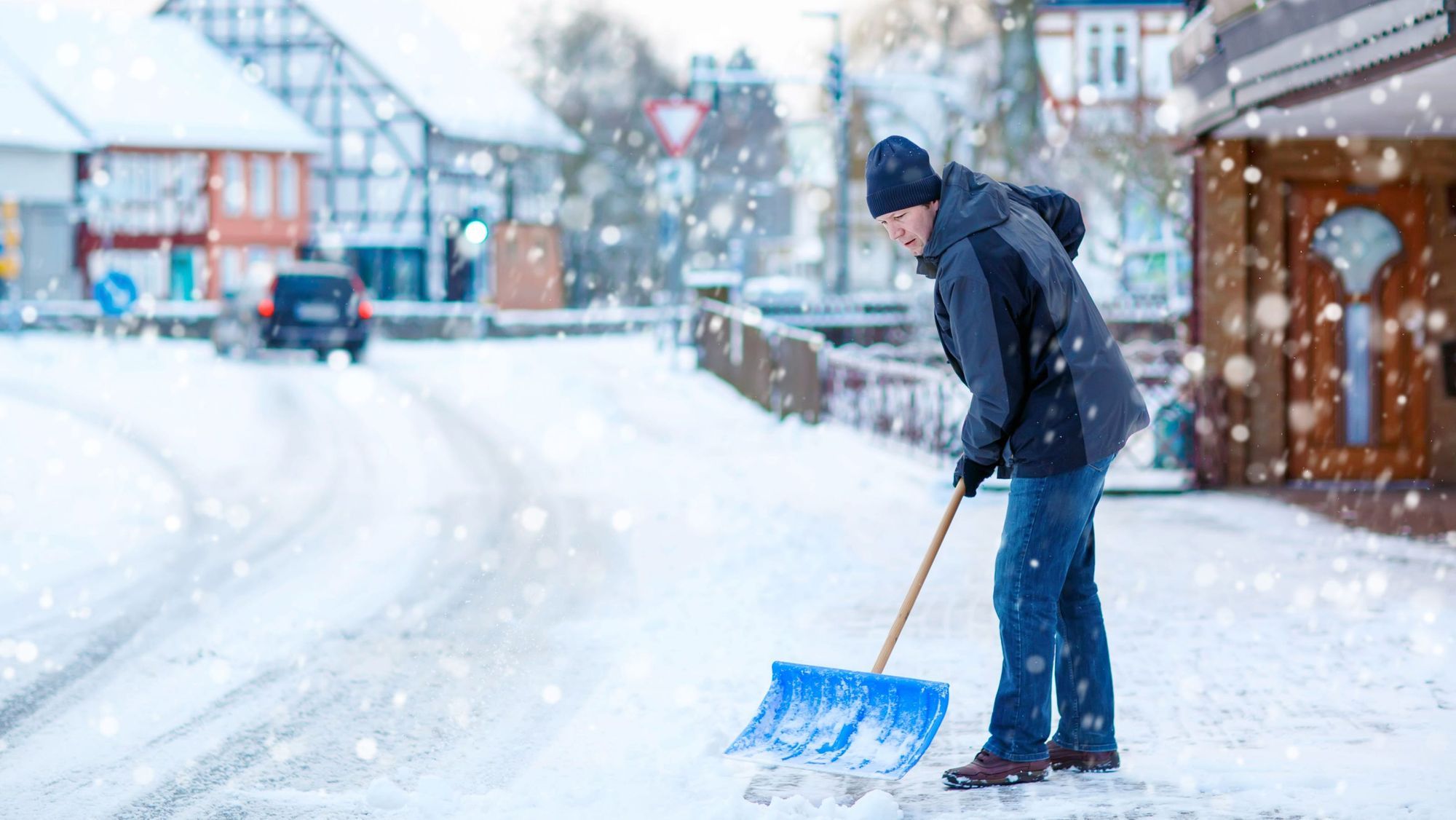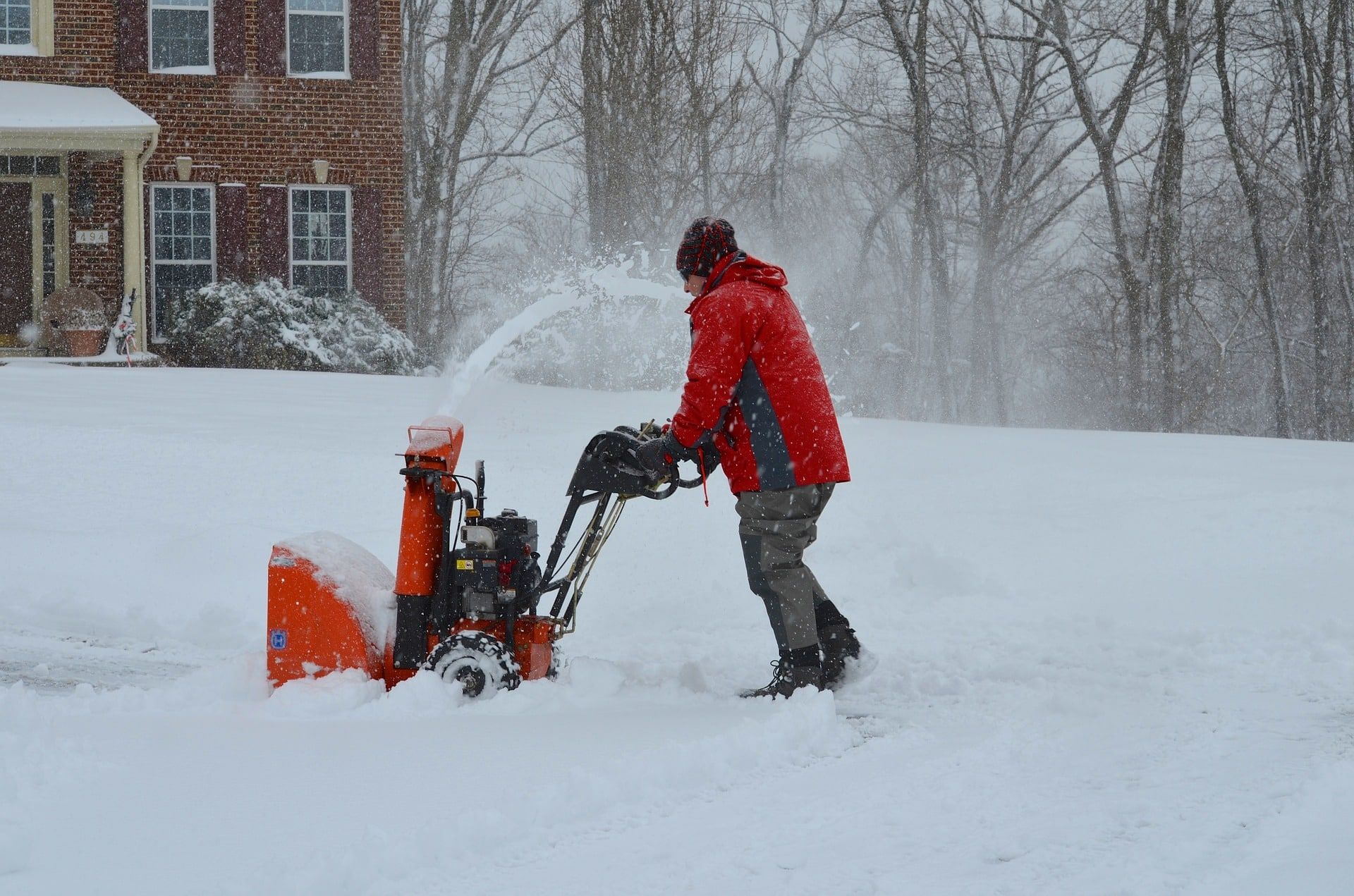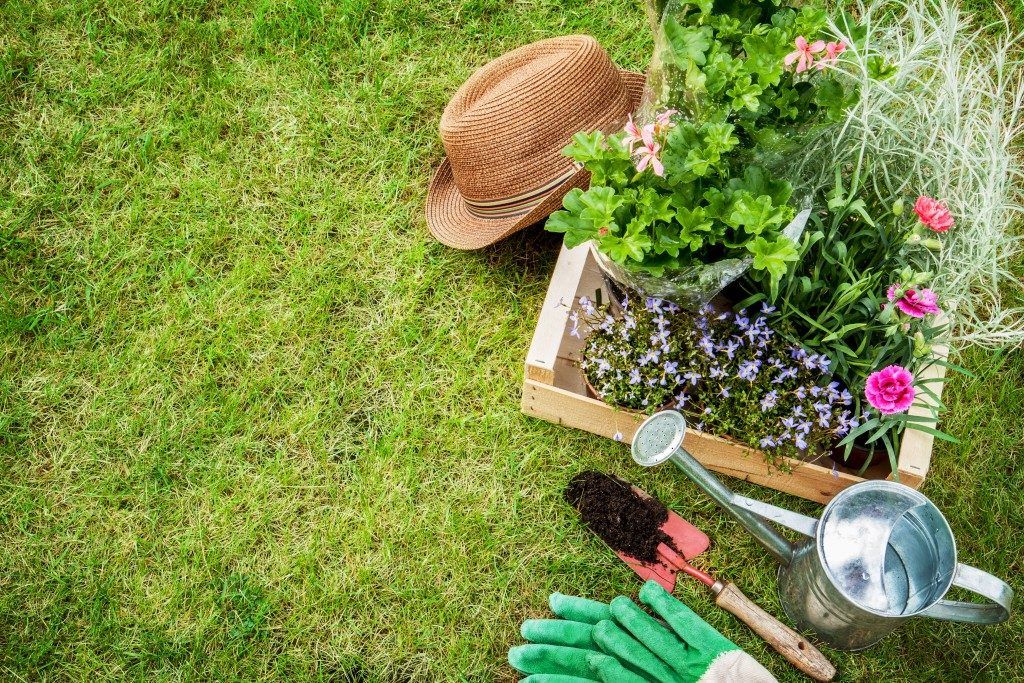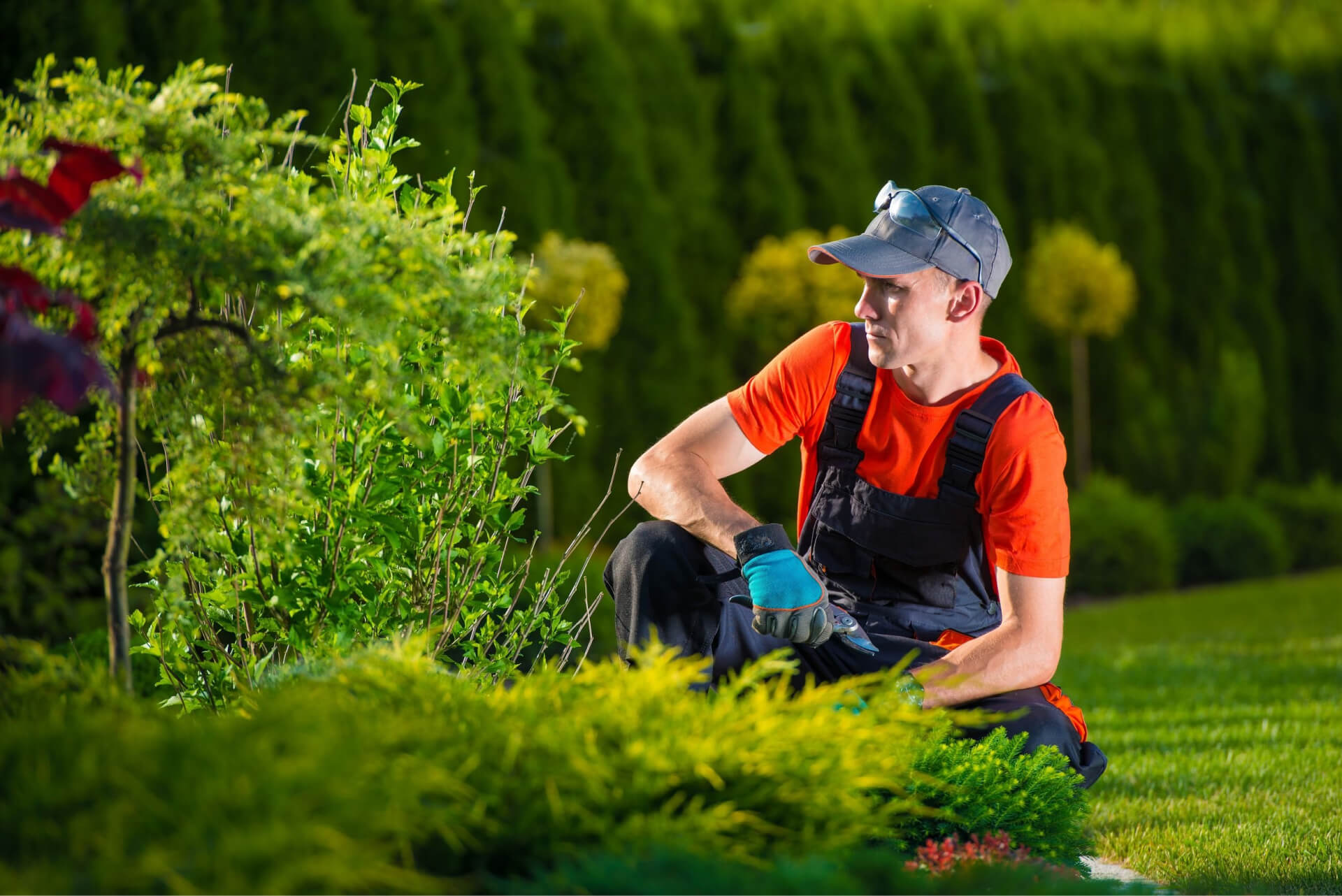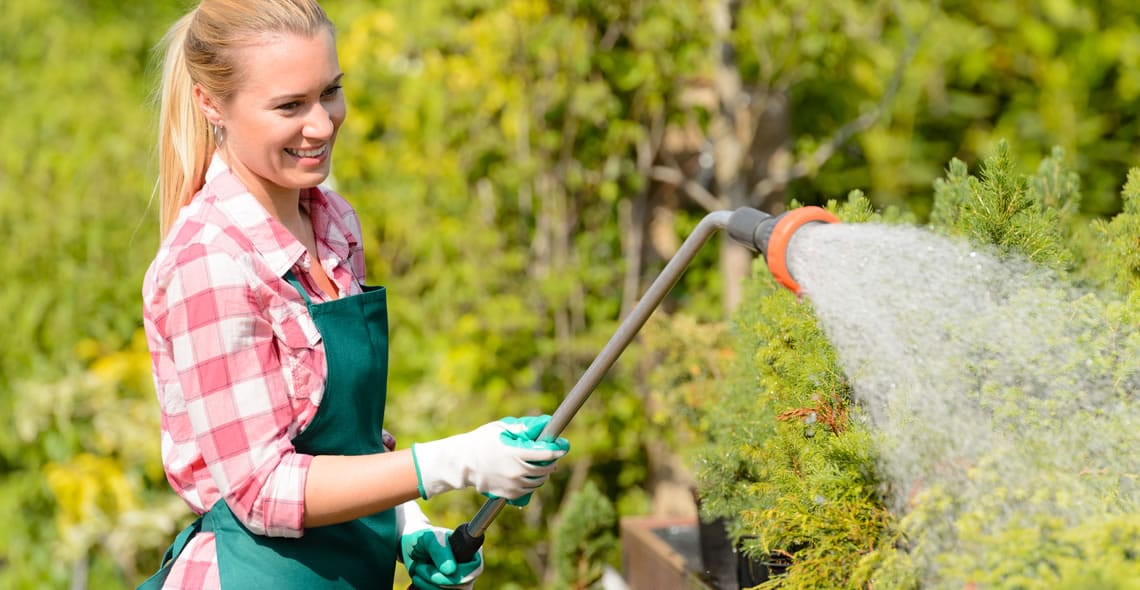Complete Guide to Lawn Care
An essential part of home ownership is enjoying outdoor spaces and embellishing your property with a lush, beautiful lawn. The goal of most homeowners is to maintain their yards, but many do not know where to begin. Some seek professional assistance through their local landscape and lawn care companies, while others opt to care for their own yards. While grass may seem like an easy thing to grow and maintain, there are actually a significant number of variables that can impact the growth, life cycle, and beauty of your lawn. Things like sunlight exposure, temperature, moisture, oxygen, and soil nutrients can impact the quality of your lawn. With routine care, the amount of time spent on your lawn can be managed well.
Table of Contents
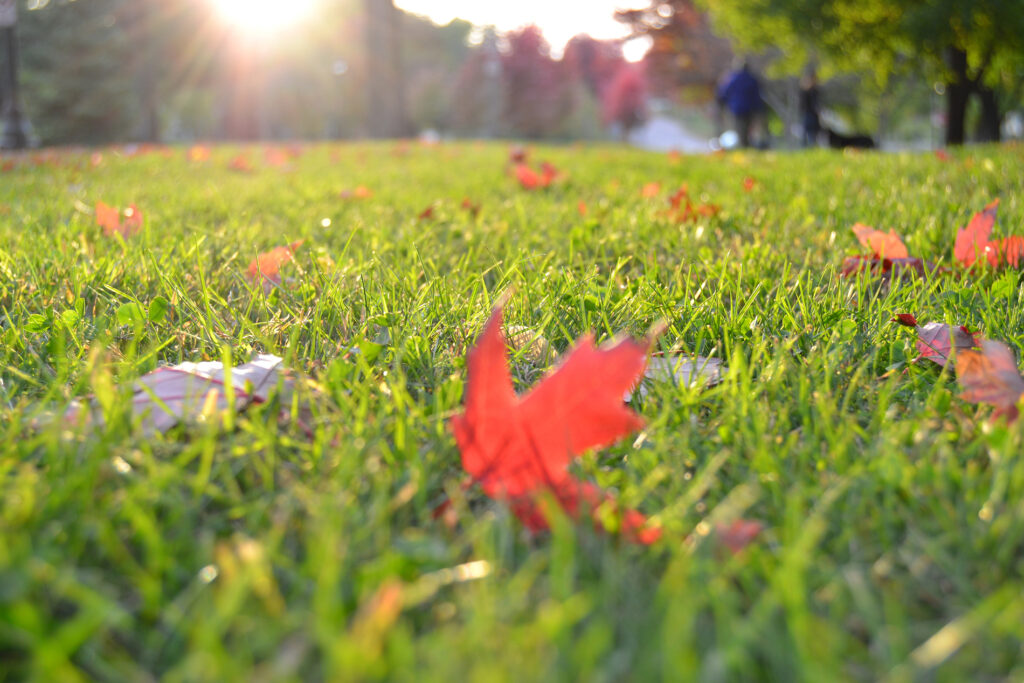
To both grow and maintain a lawn, paying attention to things like climate, weather, and location, as well as knowing what to do in each season, is critical to the health of your grass. Today, there are a wide number of grass varieties and options for most climates and areas. Identifying the desired characteristics of the grass you are planting or needs of your existing lawns, are the first steps in the process. Below are some quick lawn care essentials, in addition to a deep dive into best practices for maintaining your lawn – from planting seed to nurturing existing grass – for all seasons and climates.
 What Are Lawn Care Essentials?
What Are Lawn Care Essentials?
The following is a quick list of key practices that can help you tackle the lawn care basics and ensure your yard looks its best:
- Mow High – Keeping the grass taller improves the health of roots, typically there is a 1-to-1 relationship between the height of the grass and the depth of the roots.
- Mulch Grass – If you bag all of the grass clippings, you can lose valuable fertilizer to keep your lawn healthy. But be careful not to leave too many clippings, which can prevent moisture and sunlight from getting through.
- Water and Irrigate – It is critical to keep grass nourished with water. Ensure that grass gets at least an inch of water each week.
- Less is More – Never cut more than 1/3 of the height of the grass, it damages the plant.
- Cut, Don’t Break the Grass – A sharp blade makes a clean cut for a healthier lawn.
- Aerate – Loosening the soil is critical to ensure roots can develop.
- Fertilize – With the constant cutting, your grass needs nutrients. Set up a consistent fertilization schedule applicable to your specific lawn and the season.
- Remove Leaves and Debris – These items block sunlight and moisture, and can inhibit the health of your lawn.
- In-Depth Guide to Lawn Care
Now we will take an in-depth look at how to properly care for your lawn with information on planting grass seed, to following the essentials listed above throughout all seasons and climates. It is important to refer to this lawn care guide to keep your yard healthy and manageable. If you are unsure about some of the steps, you can consult your local landscape and lawn care company for advice.
Planting Grass
Planting grass to cultivate a new lawn can be a daunting task with the large selection of seed available. It is important to consider options that thrive in your climate or geographic location. Also take into consideration how you use your lawn. Is it a high-traffic area? Do you have pets that utilize the outdoor space? Additionally, what color and texture are you seeking? Soil also plays an important role in the quality and health of your lawn, so testing is critical in developing your lawn care plan.
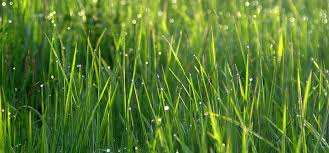
Seed Options Based on Climate/Location

Understanding the specific climate and the typical rainfall, heat, humidity, and drought conditions are critical to select the best possible grass variety. Not all species of grass can be planted in all locations. Some thrive in shaded areas, others in full sunlight. Some species need planted in warmer climates while others can survive the cold, northern winters. The varieties of grass that are grown in the southern part of the United States are very different from the grass varieties that do well in the middle to the northern United States and Canada.
The grasses that grow well in the south are known as warm-weather grasses. Within this broad category, there also are grasses that do well in the shade or with limited sunlight during the day like Zoysia, Bahiagrass and Centipede. This is in addition to those that are able to tolerate the high heat and direct sunlight common throughout the central and southern parts of the U.S., like Bermudagrass and Buffalograss. There are both natural grass varieties, as well as cultivated grass varieties, that are resistant to drought or that withstand high heat and humidity combinations that cause other grasses to die off or fail to grow. With the exception of the most southern parts of these states, grass does turn brown in the winter and can withstand light snowfall and limited freezing conditions.
There also are grass varieties that are ideal for year-round growing conditions, like fescues and Kentucky Bluegrass. These grasses are found in the more tropical or subtropical locations in the U.S., specifically in Florida. These lawns rarely see winter temperatures lower than 40 degrees Fahrenheit in the northern parts of the state or less than 50 degrees Fahrenheit in the southern parts.
In the northern states and up into Canada, grass varieties have to be able to withstand long periods of freezing conditions in the winter, drought and high heat in the summer, and sometimes even thrive in humid conditions, like bluegrasses, ryegrasses and fescues. Blends of grasses can be used to accommodate the various climate and weather conditions that are common throughout the year.
Factoring in the specific climate and the typical rainfall, heat, humidity, and drought conditions are critical in choosing the best grass variety for your lawn. Without the right grass seed or sod in place, even the best lawn care practices only offer limited success in creating a beautiful yard.
Considering Lawn Use

Choosing a variety of grass that can withstand your lawn use requirements is another factor to consider when choosing the proper seed. The specific demands on the lawn once it is growing and thriving should be a central factor in choosing a variety or blend of grasses. Heavy traffic — including walking, running, or playing on the grass — requires a more durable and rugged type of variety that is not easily damaged by this type of activity. The exact variety will depend on your region and climate. For active families with kids, this is an essential consideration for the backyard, as many of the grass varieties are not a good match.
Dogs, and other outdoor pets, are another consideration. There are both warm and cold season kinds of grass that are a better match for a home with a dog. Mixtures of Kentucky bluegrass, fescue, and ryegrass are often recommended for more central and northern lawns, which Zoysia is typically recommended in the central and southern areas. Keep in mind, yards with dogs have to stand up to high traffic as well as urine, which is very damaging to many types of grass, so routine lawn care with yards with dogs may be more involved than for yards without dogs.
Lawn Color and Texture
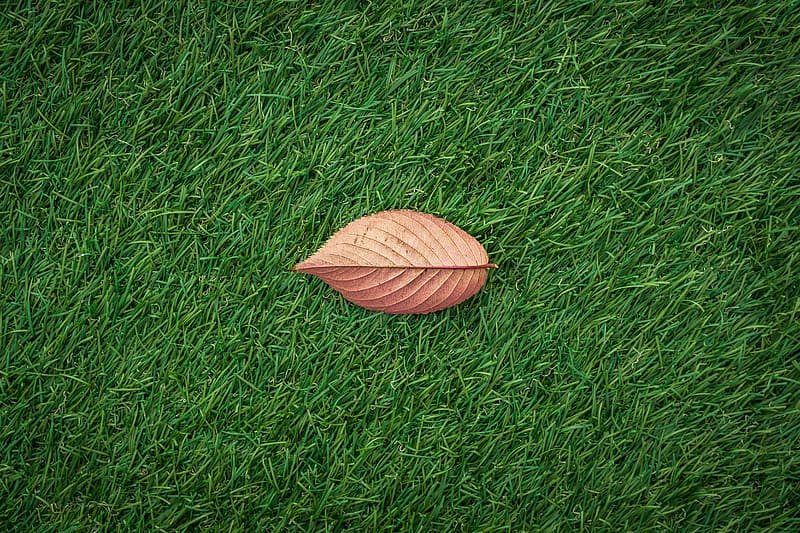
Different varieties of grass offer different colors and textures. If you and your family enjoy walking barefoot in your yard or if you are looking for a dark green grass as opposed to a lighter or brighter color, it will be essential to match the grass variety to your needs.
Grasses can be soft, thick, and dense with fine or thicker blades, or they can be sturdier and have more of a close-cropped and almost horizontal growth. Softer grasses that do well in warmer climates include Bermudagrass and Bentgrass. Grasses that spread by stolon, or horizontal stems, tend to have less of a required for regular mowing, while grasses that spread by rhizomes (roots below the ground) tend to grow more rapidly and require more frequent mowing.
Colors of grass can range from light, bright, almost lime green like through to dark green like Perennial Ryegrass and Hard Fescue. Grass can also have shiny or bright blades, or it can be dull or matte in color and range from almost a forest green to a more gray-green color.
Each type of lawn has different requirements for care, but there are similarities across lawn varieties as well as across climate zones. To help understand the best lawn care practices, a closer look at what should be done to maintain and care for the lawn in spring, summer, autumn, and winter can help you to plan your annual lawn care routine.
Testing the Soil
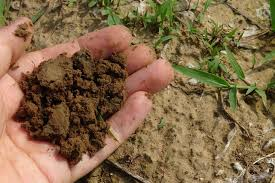
One of the most practical and effective ways to maintain your lawn is to begin with a soil test. This is a critical step when planting a lawn, but it also is a good idea when choosing fertilizers, lawn care strategies, and in making the determination as to the specific needs of your lawn.
A soil test provides information on the pH level of the soil and gives the homeowner the details as to the levels of essential nutrients in the soil. It is very common for lawns to have nutrient deficiencies in the soil that can impact grass growth, resulting in a thin or sparse lawn, or even create dead spots in the grass over smaller or larger areas.
The pH level of the soil indicates if the soil is acidic or alkaline. This can vary throughout the lawn, with areas of poor drainage or areas with significant organic matter often having different pH levels.
Ideally, the soil pH should be in the range of 6.0 to 7.0 for optimum growth. When soils are acidic or have a pH of less than 6.0 or if they are alkaline with a pH of more than 7.5, different supplements can be used to move the pH into the neutral, optimum growth range.
Limestone is added to correct acidic soils, while elemental sulfur is added to move alkaline soils into the neutral pH range. There are important considerations when adding either limestone or elemental sulfur as both types of materials can damage existing lawns.
In addition to the pH level, the soil test also will provide the necessary information on the potassium, phosphorus, magnesium, calcium, nitrogen, and organic matter levels in the soil. It will show the soil’s ability to retain nutrients in a usable form for the plants. Organic matter is essential in this capacity, not only for adding nutrients to the plants, but also boosting the retention of any fertilizers or organic additives to the lawn.
Existing Lawn Care
Once your grass has begun to grow or if you are tending to an existing lawn, there are several ways to keep it flourishing. Keep in mind that there are differences based on where you live and the type of climate and grass variety. The information provided below is a guideline. Working with an experienced landscaping and yard care service is the best way to manage your lawn throughout the year based on the specifics of your location and the types of grass used for beautiful lawns in your location. There are different strategies for maintaining your lawn, but the easiest way to keep organized is to tackle your lawn care season by season. Below are tips for the most common tasks associated with lawn care, and how to handle them for each season.
 Lawn Care in Spring Season
Lawn Care in Spring Season
Spring is the time of new growth, and preparing your lawn to have a healthy season by having the ability to grow through heat and drought in the summer is critical. Taking the time to do the work on the lawn in the spring is not only good for the visible parts of your grass, it also is crucial for the root system. Strong and healthy roots in your lawn mean the grass is able to withstand heat and dry periods, as well as times of heavy rain and excess moisture in the soil. Healthy root systems also prevent dead spots in the lawn and help the lawn to bounce back if there are infestations of harmful bugs or weeds throughout the growing season.
Spring Preparations
Over the winter, a layer of dead material builds up in a lawn called thatch. This includes dead blades of grass and leaves that can accumulate. It can be more problematic if you mow your lawn and leave too many clippings rather than bagging or raking after mowing. While they do contain organic material, too many clippings can actually become a barrier for moisture and applied fertilizers or organic soil additives. It can prevent them from reaching the soil and, ultimately, the roots of the grass. Some mulched clippings are ok to leave on your lawn. Heavy thatch in the lawn also increases the risk of fungal problems because it provides a moist, organically rich layer for fungus growth.
Dethatching is recommended in the spring to lift up the dead and overgrowing layer on the surface of the grass. It can be done using a specialized dethatching rake, which has thick, curved tines, or it can be done by a specialized piece of equipment that looks like a combination of a tiller, lawnmower, and snow blower. It is important to complete dethatching when the soil is moist and when the lawn is growing, not before it turns green. Depending on your typical spring conditions, some areas of the country may find that dethatching, as well as aerating the lawn, are better done in the autumn.
Aerating is the process of pulling out small plugs of soil to allow better absorption of water and nutrients into the root structure. It is particularly important in areas with clay soils or soils that compact. When the soil is compacted, it is very difficult for the roots of the grass to grow down into the soil, so they tend to stay in a shallow layer. Shallow root structures in lawns result in more damage with hot, dry, conditions, greater risk of root damage with excessive moisture, and less durability for grass when heavy traffic or pets are an issue to consider.
Aeration of a lawn is done with a machine to provide the necessary coring or pulling out of the plugs of earth. Generally, if aeration is done in the spring with an established lawn, it is essential to also use a pre-emergent herbicide to prevent weed growth. If the aeration is done in the autumn, the use of a spring pre-emergent herbicide is not necessary for most areas unless there is year-round growth. Another benefit of autumn aeration of the lawn in more northern areas is that the snow and melt cycle helps to breakdown the plugs of soil left on the surface, leaving your lawn free from the small clumps.
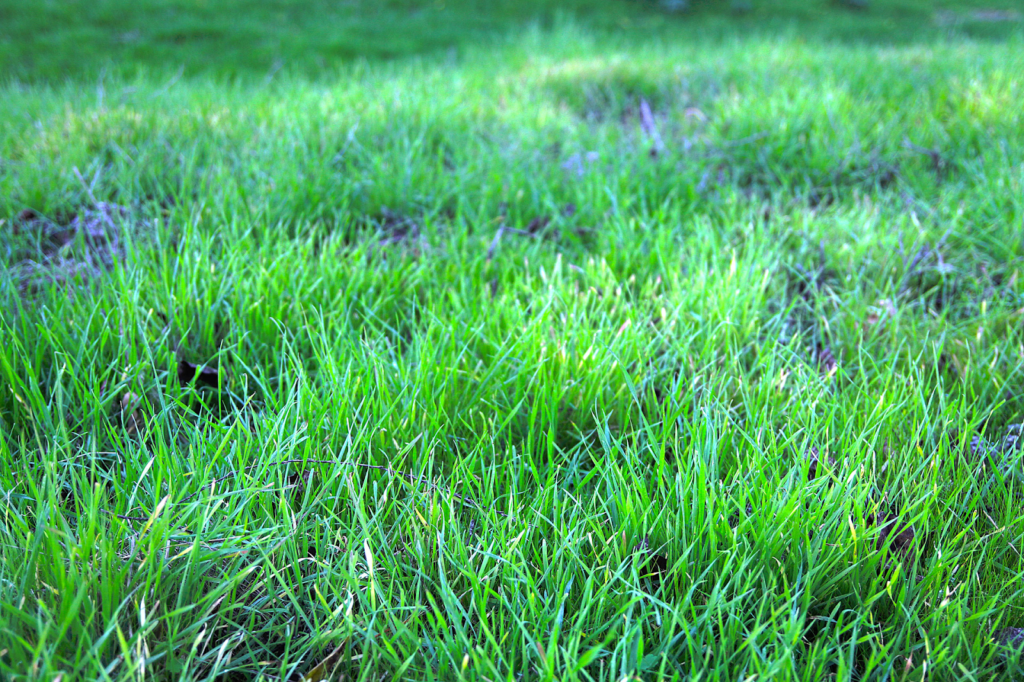
Spring Fertilization Guide
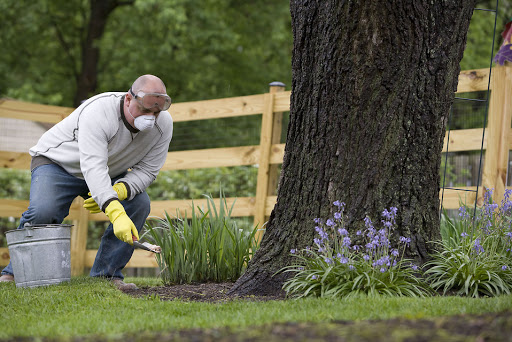
While spring may be the time of growth, for most lawns, the optimal time for fertilization is the autumn months. By fertilizing in the off-peak growing seasons, the nutrients are absorbed more slowly by the root system, and they are used more effectively by the roots and the grass. While this is true for established grass, for newly planted grass that is still spreading and becoming thick and lush, fertilization in the spring has advantages. It is important to use the soil test information to choose the particular formulation of fertilizer to ensure you are adding the proper nutrients.
Choose a fertilizer that is a good match for the results of your soil test. Incorrectly matching the fertilizer composition to the needs of the lawn will not result in the benefits of a lusher, greener, lawn, and it may even lead to problems with lawn growth. Ideally, use a fertilizer spreader rather than spreading by hand for a more uniform and accurate fertilization distribution across the grass. Do not double up if you forgot to fertilize in the autumn, and do not apply more than the recommended application rate for the specific fertilizer.
Boosting fertilizer rates for both chemical and organic fertilizers can actually harm the grass. Chemical or synthetic fertilizers can burn the tender, growing blades of grass in the spring, resulting in slow growth throughout the year. Check the specific information on the weather and lawn conditions that should be present when applying the fertilizer.
Keep in mind, applying organic fertilizer will not have the same immediate results as the chemically or synthetically formulated fertilizer options. However, organic fertilizers do not have the same safety concerns if kids and pets are on the lawn, and they generally are safe to apply in any type of weather condition.
Spring Watering Guide
In most areas of North America, the spring season requires limited watering. In the northern and central areas of the United States, the early spring soil is wet with water from the snow melt, while even in the southern states, spring rains keep the soil moist. This is a good time to look for areas of the lawn that are holding or retaining water. These can be low spots or areas where a bit of landscaping can be used to prevent water from pooling, which creates problems for scheduling irrigation of the lawn when the weather becomes hotter and dryer in the summer.
Spring Weeding Guide
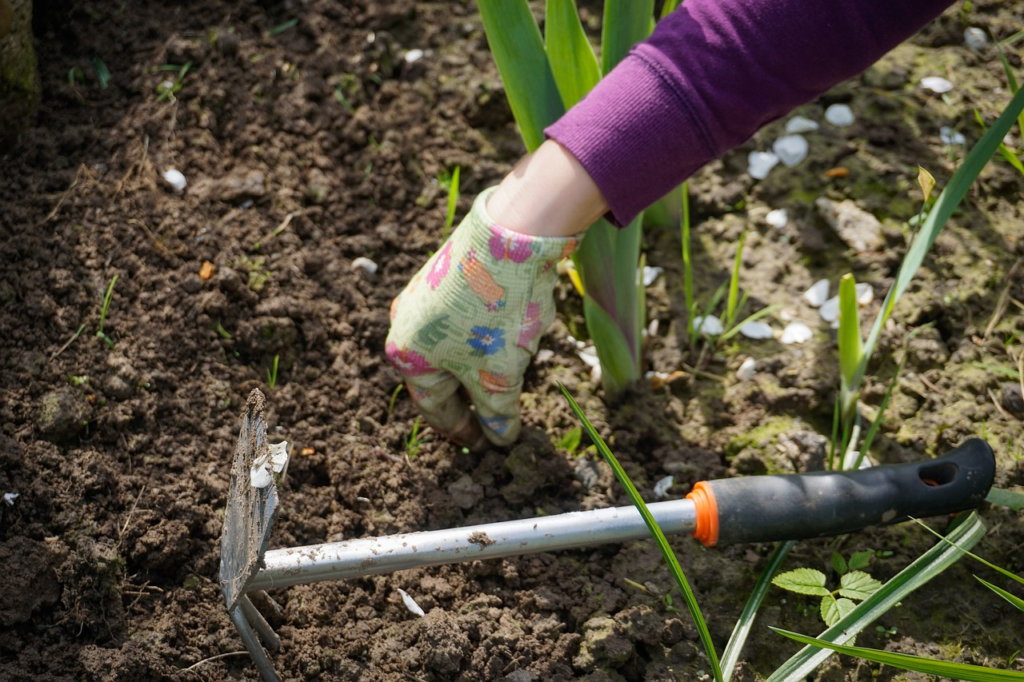
Weeding in the spring is a simple way to prevent weeds from going to seed. This can be done by hand for larger weeds. For long tap root types of weeds, dandelions are a good example, be sure to dig out the entire root. There are specialized fork-shaped tools that provide minimal soil disturbance but effectively remove the complete root.
For invasive types of weeds that are already established in the lawn, a pre-emergent herbicide can be used. This is ideal for the treatment of crabgrass and other types of grasses and plants that take water and nutrients from the lawn over the summer growth months.
Mowing in the spring before weeds are able to flower and go to seed can be very helpful in eliminating their presence throughout the year. Applying organic fertilizers and supplements to the lawn, including corn gluten meal, can be very helpful in preventing weed growth without the need for herbicides.
Spring Mowing Guide
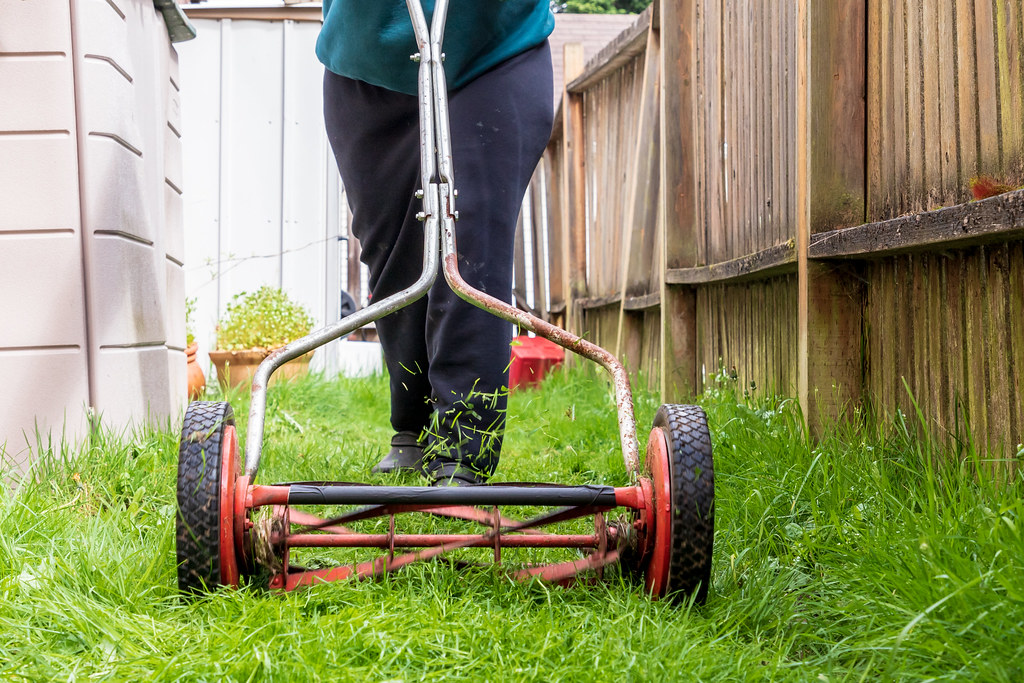
Lawn Care in Summer
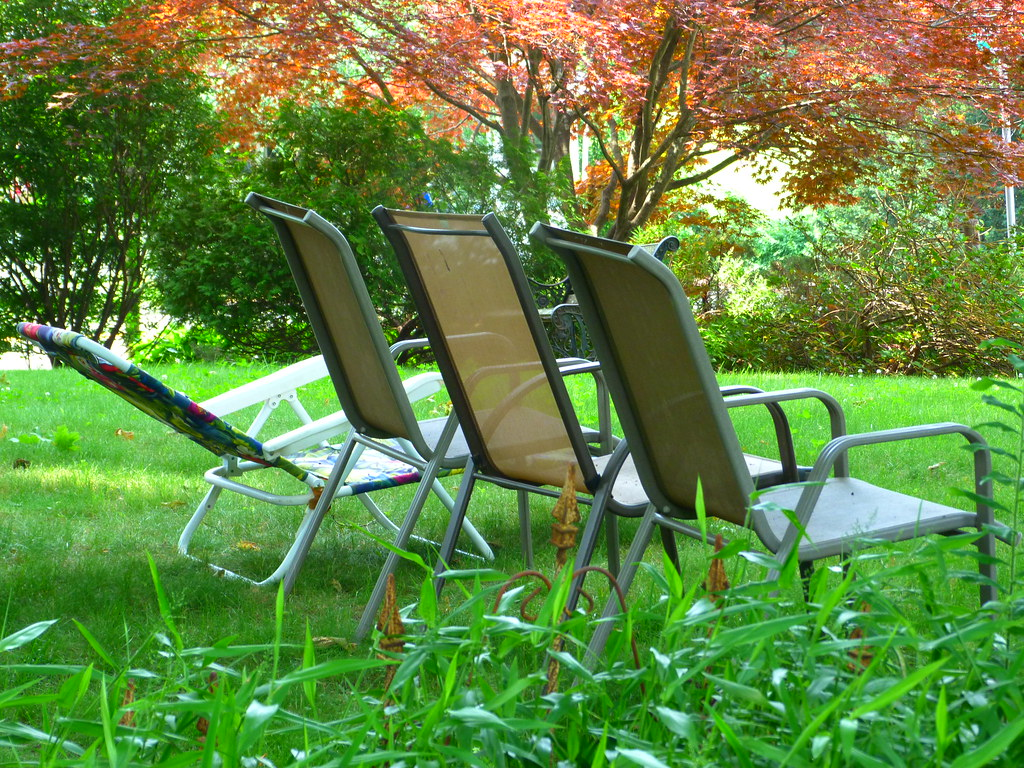
Summer is the peak growing time for grass. It also is the time when most yards see heavy traffic, and when the heat of the sun and the limited amount of rainfall can create stressful conditions for any lawn. The key factor to keep in mind for summer lawns is that they need to be left longer based on the recommended mowing heights for the specific variety. It also is essential to supplement natural rainfall with a structured watering program that follows any watering restrictions in your community as well as works in the best interest of your grass.
Summer Watering Guide
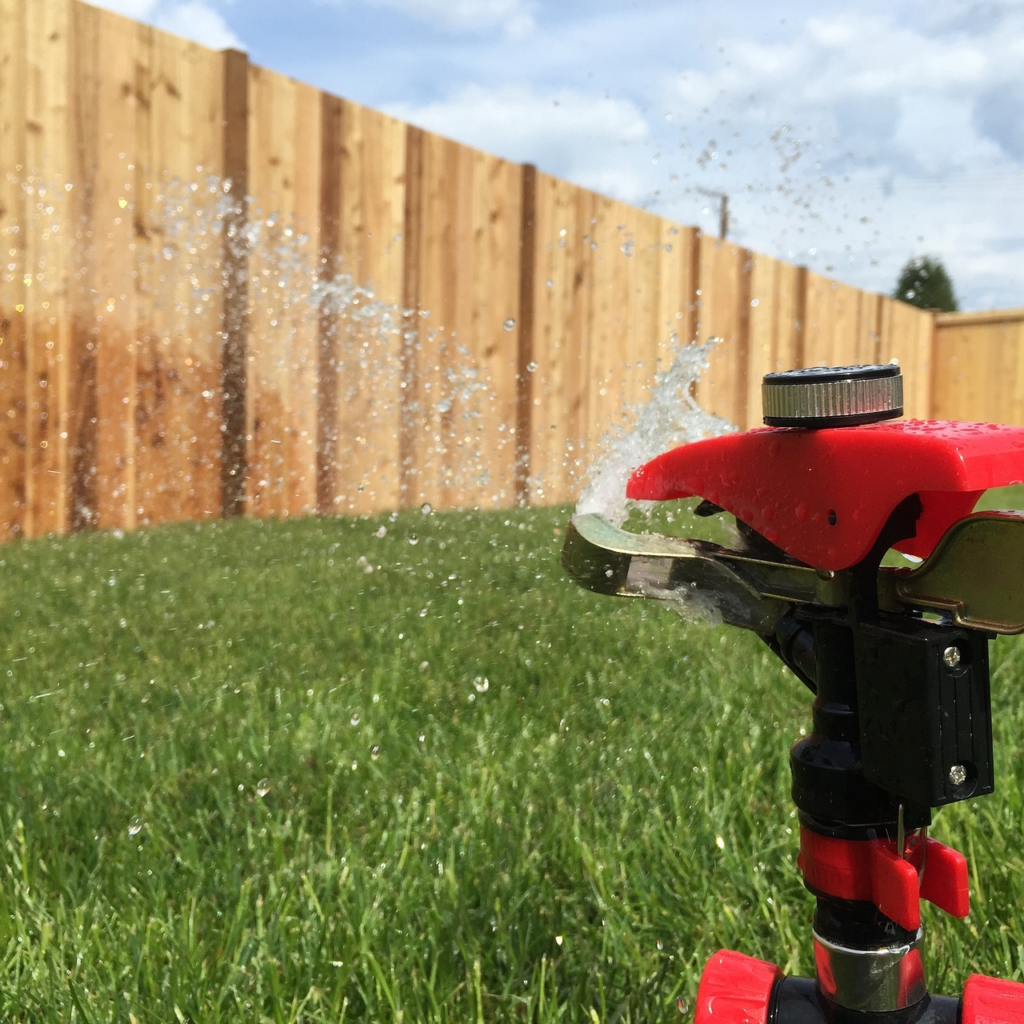
As a general guideline, most lawns will require about an inch of water per week to stay active and growing. This water can be from rainfall, irrigation systems, or hand watering. Ideally, watering longer in a single period rather than watering frequently is the best option.
A deep, soaking type of watering allows the roots to absorb water as it soaks into the soil. Multiple, light watering only provides moisture at the surface, which does not hydrate the lawn with deeper, healthy root systems. It also can cause the grass roots to stay shallow at the surface, which puts them at risk of disease, damage, and drought. Overwatering also can be problematic. It will drown the roots and prohibit oxygen from reaching the grass causing a shallow root system and less than optimal growth.
Look for signs of stress in the lawn before watering. This includes changes in the color of the grass, typically a blue to gray color rather than a vibrant green, and grass that fails to bounce back after being walked on.
Watering should always be completed in the morning to limit evaporation. Avoid watering in the heat of the day or at night. Watering grass and plants at night can lead to issues with molds and fungus in the plants. It also can attract unwelcome insects and bugs, which can damage your grass and your ornamental and flowering plants, shrubs, and trees.
During particularly hot summers or droughts, your grass may turn brown and become dormant. You may choose to wait until the temperatures go down and the rain resumes for your lawn to turn green again on its own. Or to jump start that process and get your grass a vibrant green again, it is important to water every once a week with 1 inch of water or 2 hours of sprinkler use.
Different types of watering systems can be used on your lawn. Sprinklers and irrigation systems are the most effective for larger lawns, with sprinklers providing the lowest cost watering system. However, sprinklers also waste more water with evaporation, and they require monitoring and moving to water the entire lawn. With a larger backyard and front yard, this can be a daunting task.
Irritation systems can include sprinkler types of systems or drip irrigation. While most expensive to install, they can be set up to provide water levels based on zone requirements of the yard, and they can have automatic sensors that shut off the system when the desired water amount has been applied to the yard.
Summer Fertilization Guide
As a good guideline, remember that actively growing lawns do not benefit from applications of fertilizer once the hot days of summer arrive in your area. Do not apply synthetic or organic fertilizers at this time unless the lawn is a new lawn. It will be critical to time the application to limit any damage to the grass. Synthetic fertilizers can burn the grass and the growth that organic fertilizers can encourage results in limited growth or complete root death for the new grass.
If you mow your grass and do not collect the clippings, the cut grass acts as a nutrient-rich layer for the existing grass over the summer. However, it is important to regularly mow the lawn to the specified height for the grass variety to keep the lawn clippings to a thin layer. Allowing the grass to grow too long produces clumps of cuttings that can damage the underlying grass and increase the risk of disease.
Summer Weeding Guide
With the use of pre-emergent herbicide or an organic weed control solution in the spring, summer weeds are typically limited to ragweed and dandelions. Regular mowing should eliminate issues with ragweed, while dandelions can be removed by hand or through the use of herbicides. Other weeds such as quack grass, couch grass, Creeping Charlie, white clover, broadleaf plantain, thistles, crabgrass, and other types of invasive plants will vary based on your location. It is critical to follow directions when using any herbicides that eliminate dandelions or other summer weeds from the lawn. Most of these herbicides also will kill grass, so it is essential to limit any of the herbicide making contact with blades of grass in the lawn.
Summer Mowing Guide
Mowing in the summer is similar to mowing in the spring. However, even if the lawn is longer than the recommended height, it is important to avoid mowing if there are signs of stress (change in color and a change in the ability of the grass to “bounce back”). If the grass becomes dormant, which is natural, avoid mowing the lawn at all. Dormant grass occurs due to a combination of high heat and limited moisture, and it often takes on a brown color that is similar to the color of the grass typically seen in the autumn.
Lawn Care in Autumn Season
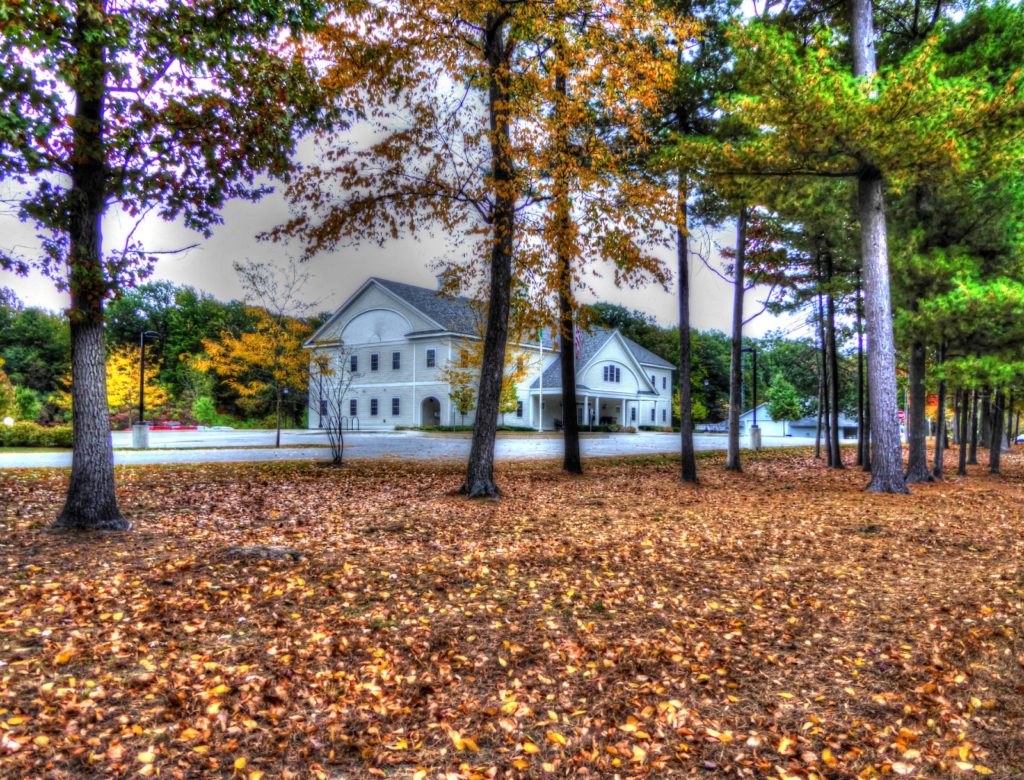
From early autumn through to the later part of the season, the lawn is going through several changes. In the early autumn, the lawn is still actively growing, although it is slowing down the rapid growth pace of a healthy lawn during the peak summer months.
Early fall is a good time to prepare any dead patches of lawn and have it ready for spring growth. Start by removing any of the dead grass in the area, including any and all thatch that is present. Use a hoe, a garden shovel, or trowel to loosen up the soil and to allow you to mix in compost on the surface.
Add about an inch to an inch and a half of compost over the loose soil, then turn it into the already broken up two to three inches of soil in the dead patch. This provides the organic matter than not only adds nutrients for the grass but also helps to hold moisture in the soil.
Choose the right type of grass seed for sun exposure and your existing lawn. Avoid using a different seed as the grass in those patches will grow in with a different texture and color, and may require different mowing requirements.
The seed is then scattered on the surface at the recommended rate. Use a small rake to distribute the grass seed about a half an inch into the soil, then apply a thin layer of grass clippings to the surface and water to soak the soil. Keep the soil in the patched area moist but not wet until the grass sprouts and reaches at least an inch in height.
Autumn also is the time to mulch leaves to add organic material to the soil. For lawns with a lot of leaves, raking and removing the leaves is the best option. Failing to remove the majority of the leaves that fall on your lawn before the snow can result in spring mold and disease factors that can inhibit lawn growth.
Autumn Fertilization Guide
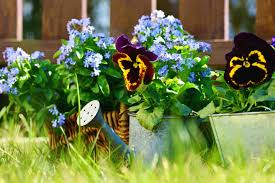
In areas where there is a long winter with a ground freeze, including the mid to upper states and Canada, late autumn is the time for fertilizing your lawn. Ideally, apply the fertilizer no more than 3 weeks before the first hard freeze. There is limited value to applying any fertilizer once the ground has frozen, and waiting until spring may be the best option in this case. This is true for both synthetic and organic fertilizer options.
Fertilizing at this time with the recommended fertilizer for your soil and your lawn needs helps the grass to weather the cold winter and have the available nutrients for robust growth in the warm spring weather. Avoid over-fertilizing, as this can have a negative impact on spring growth. Check to make sure there is no heavy rainfall expected, as this creates the risk of runoff from the lawn carrying away the nutrients. Mowing the lawn before fertilizing is a good idea, and helps you to get the lawn in good condition for the freezing temperatures to come.
Autumn Watering Guide
Depending on your location, watering your lawn through the autumn season may or may not be required. In most areas, autumn rains will provide adequate moisture levels for the slower growth pattern of the grass. If it is a dry autumn, apply water to provide the moisture the grass needs, but do not soak the soil as this can damage the root systems. In southern states or where the grass grows throughout the year, water according to the needs of the lawn. In most areas, this is no more than about a half to three-fourths of an inch two days per week, with attention given to any rainfall to offset these watering requirements.
Autumn Mowing and Aeration Guide
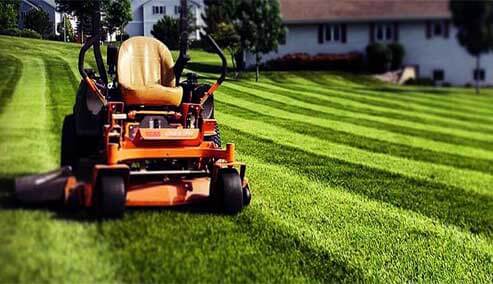
Lawn Care in Winter Season
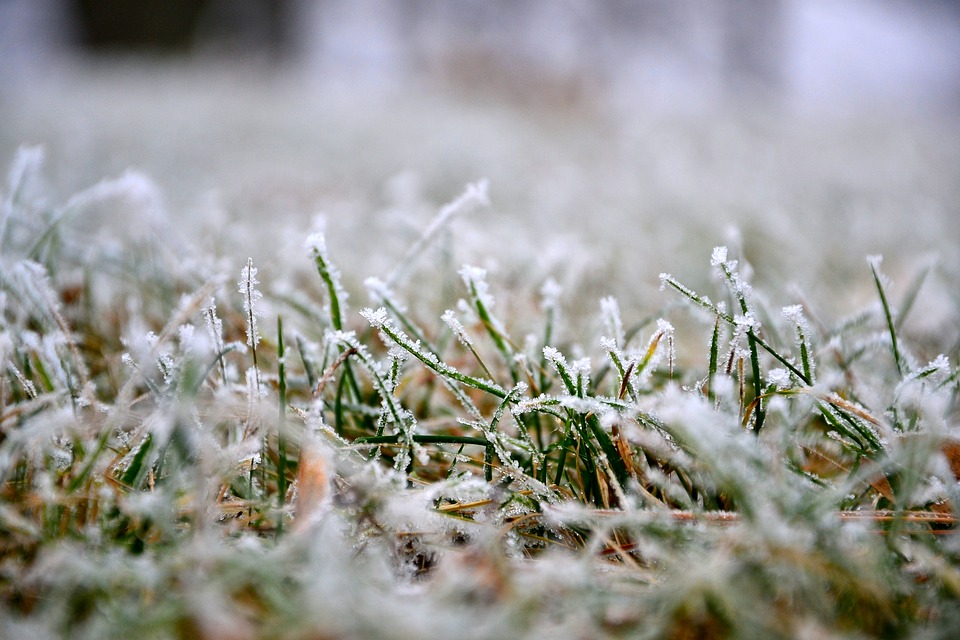
In most of the United States and Canada, there is no need to worry about the lawn over the winter months. The grass is dormant under the snow, or it is dormant in areas that are cold but have limited snowfall.
In the southern states, the grass may continue to stay green, but the growth rate is much slower. Depending on the variety of grass, there may be fertilization or the use of specific herbicides and pesticides to winterize the lawn. Working with a landscaping and lawn care service provides a complete winterization of the lawn based on the soil type, location, and the grass variety. These companies can also provide mowing services, which need to be done less frequently throughout this slow growing season.
Handling Pests and Problems All Year
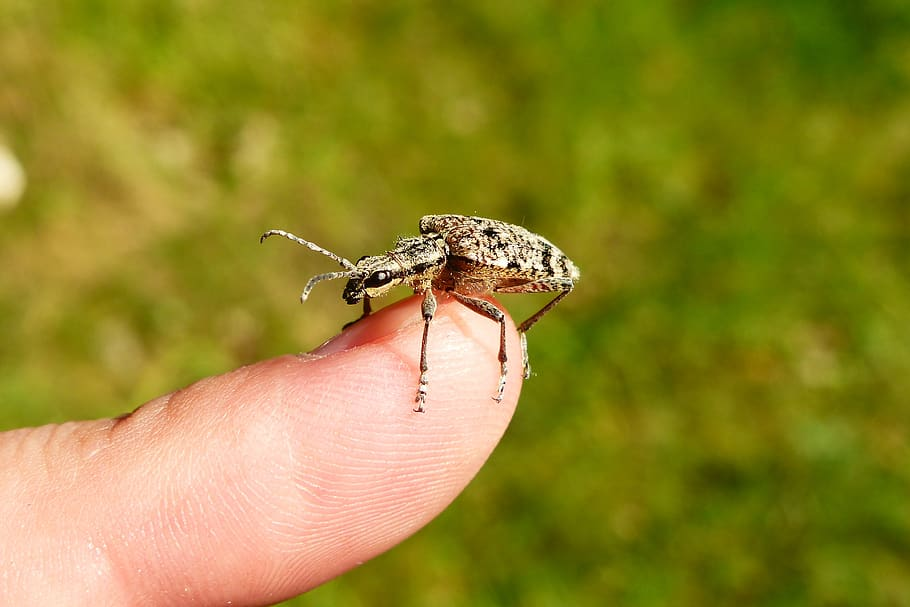
Depending on the time of year and your location, different types of insects and pests can be a problem in your lawn. The key to correctly addressing these issues is to identify the problem insect and choose the correct treatment. Often the patches of dead or damaged grass are blamed on bugs, but they can be a nutrient or watering issue as well.
How to Manage Chemical and Fertilizers in Lawn Care?
This is another area where a landscaping and lawn care service offers an advantage. They use specialized types of chemicals or environmentally-friendly treatment options that are effective in eliminating the issue from your lawn. Many of the treatment options provided in local garden shops are less effective. If misused or applied incorrectly, these products can be toxic to pets and people, and they can also damage your lawn and flower beds.
Specific insects that are common problems for many locations in the country include cinch bugs, June bugs, Japanese beetles, the larva of the Billbug, crickets, and grasshoppers can eat your grass or feed on the moisture in the grass, causing dead patches throughout the lawn.
Grubs also can cause problems in the lawn, but they attack under the surface and destroy the root structure of the grass. This results in small to large patches of grass that are dead and are easy to pull up out of the ground. Detecting this type of problem means removing the grass and looking for the grubs in the soil.
Mold and fungi in the lawn are also very damaging to even healthy grass. Typically, these issues are problematic during very wet seasons, if there is heavy thatch in the lawn, or if there is excessive watering of the lawn.
Utilizing Chemicals and Organic Options
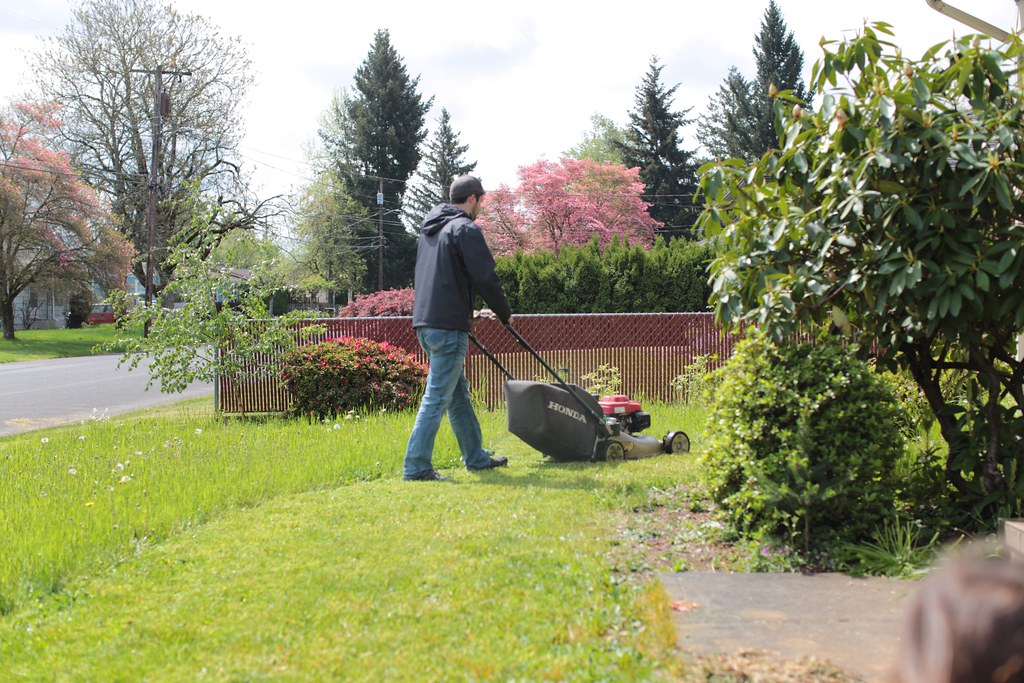
With most types of lawn problems and pest infestations, treatment with chemicals or natural products is all that is required. Most of these treatments are not routine and are only used if there are insects or problems like weeds detected in the lawn.
Synthetic pesticide options provide the quickest results, but you can consider organic options if you are concerned with polluting your soil, especially in high-traffic areas used by kids and pets. Organic remedies, like Neem Oil, repel pests. Additionally, organic weed killers serve as nice alternatives to prevent growth and some can even improve the look and health of your lawn through the addition of nutrients. But you must be patient with these options as they can take some time to be effective.
Keeping a beautiful lawn requires specific tasks throughout the year, but is not unmanageable. Landscape and lawn care companies can step in and help, if needed. It is important to remember that things like climate, weather, and location, as well as knowing what to do in each season, is critical to the health of your grass. A healthy lawn is naturally resistant to disease and resilient to the environment, providing a lush, green lawn that you can be proud of year after year.
Related Blogs
At What Age Should You Stop Shoveling Snow?
Snow shoveling is a physical exercise, similar to running full speed on a treadmill. Add
What is The Best Way to Melt Snow?
The result of a snowstorm can cause inconveniences. It becomes even worse after the street
The Benefits of Professional Landscape Maintenance for Your Home
Summer is usually the season spent outdoor and mostly in our yards. Your yard needs
Summer Home Maintenance: The Grass is Greener on the Other Side of your Summer To-Do List!
What outdoor home improvement tasks should you do this summer?The proverbial saying “prevention is better
When Should You Topdress Your Lawn
Topdressing a lawn involves spreading a thin layer of material such as sand or compost over the
What are the Basics of Lawn Fertilization
Beautiful lawns aren’t a product of nature but are created through careful nurturing and maintenance,


